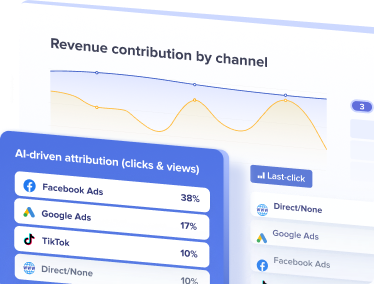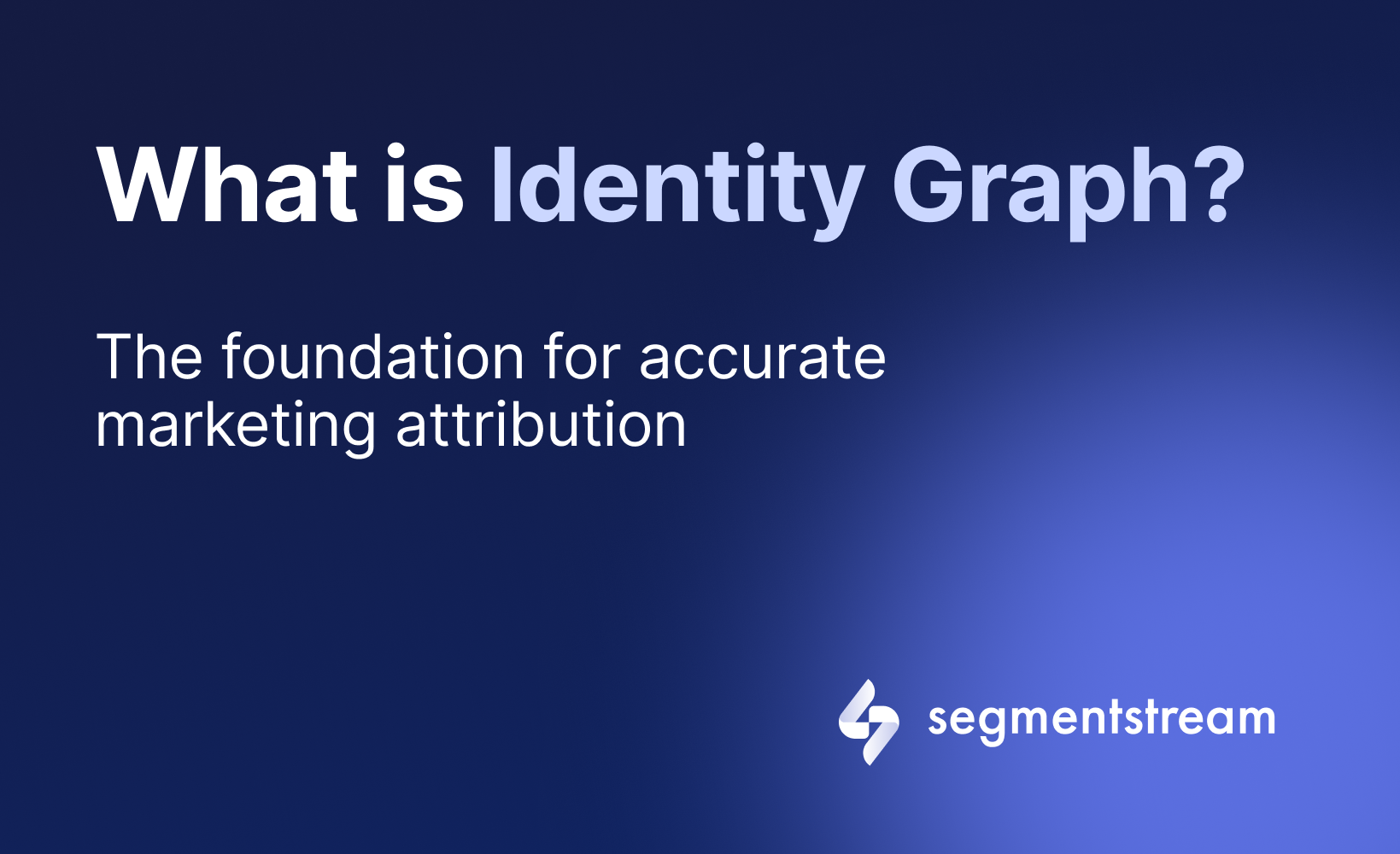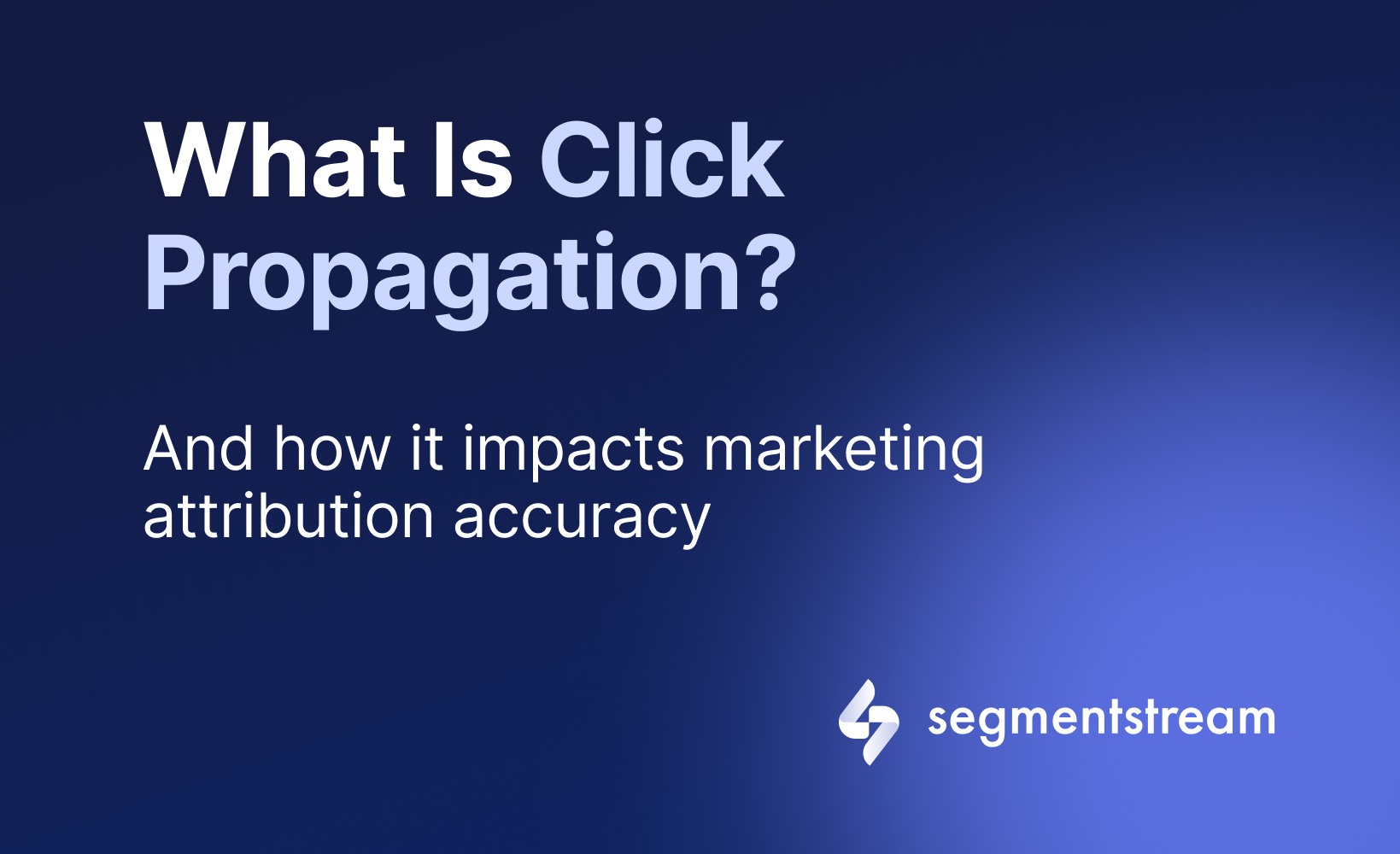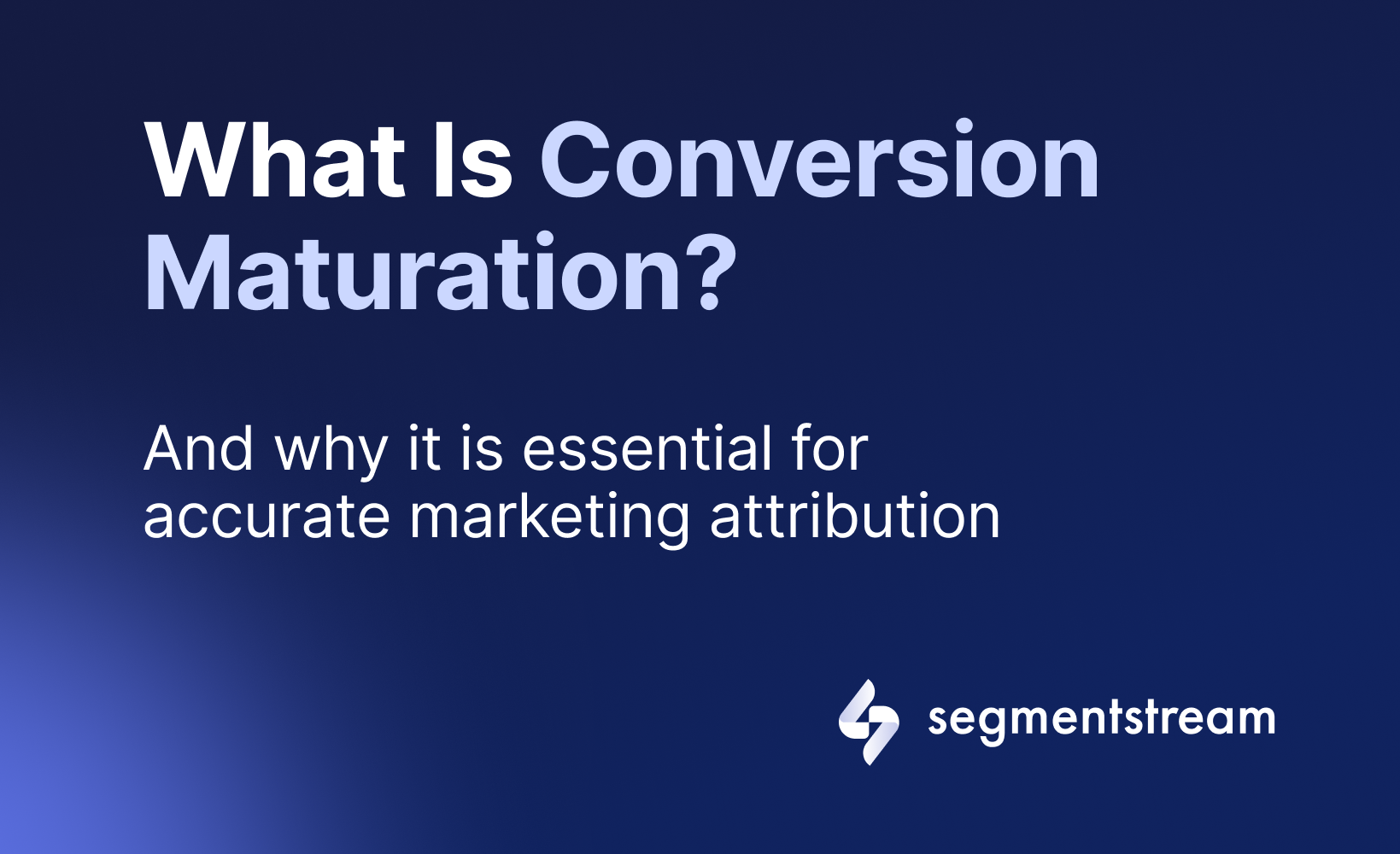
iOS 14 App Tracking Transparency

What is ATT?
With the rollout of iOS 14, Apple introduced ATT. It’s a feature that compels apps to get user consent before using the Identifier for Advertisers (IDFA) for tracking. If users opt out, their IDFA becomes inaccessible, hampering cross-app and website tracking.
Before the ATT update, only 10-20% of users opted out of tracking. When directly asked, approximately 80-85% choose not to allow tracking.
As a response to Apple’s App Tracking Transparency, Facebook introduced the Aggregated Event Measurement, reduced the attribution window to 7 days, and modified the tracking pixel.
Let’s break it down.
Facebook’s response
Attribution window:
Post ATT implementation, Facebook modified its default ad attribution window. Previously, it was a 28-day click-through window, but now it’s shortened to 7 days.
Data reporting delay:
Real-time data is gone. Advertisers might wait up to three days for conversion data.
Example: You launched a flash sale on Monday. Instead of seeing immediate results, you might only see the full impact by Thursday.
Less granularity:
No more data on conversions broken down by age, gender, or region.
Example: Previously, you could see that 50% of your sales came from women aged 25-34 in California. Now, you’ll just see the total sales without this granular information.
Aggregated Event Management
In response to ATT, Facebook introduced the Aggregated Event Measurement (AEM) protocol. AEM limits the amount of data that can be collected and processed from iOS users who opt out of tracking.

Previously advertisers were able to configure up to eight conversion events per domain. Facebook was only tracking and reporting on the highest priority event that a user triggers. However moving forward, Meta removes the prioritization of events for its Aggregated Event Management.
Impact on advertisers:
There’s a reduction in detailed insights. For example, if ‘Add to Cart’ is a lower priority than ‘Purchase’, it won’t be tracked if a user who opts out of tracking completes both actions.
What’s the solution?
Facebook introduced the Conversions API (CAPI) to provide advertisers with a more direct way to share web conversion events with Facebook, without relying on browser-based methods.
Pixel vs CAPI:
- Pixel: Your website uses the visitor’s browser to inform Facebook about actions.
- CAPI: Your website talks straight to Facebook, bypassing the browser.
Why use CAPI? It’s more reliable, especially with rising privacy measures that might block or miss the Pixel’s data.
To set it up, follow the guide: Facebook Developers Instruction
Attribution solution to tackle iOS 14+
To help marketers tackle privacy restrictions like iOS 14+ we’ve developed SegmentStream’s AI-driven attribution. It does not fully rely on user-level tracking, instead, it leverages predictive technologies and analyzes a wide array of data from clicks and impressions to user behaviour. SegmentStream allows marketers to evaluate their paid channels and optimize their marketing mix in a modern privacy-focused world.
Optimal marketing
Achieve the most optimal marketing mix with SegmentStream
Talk to expert



